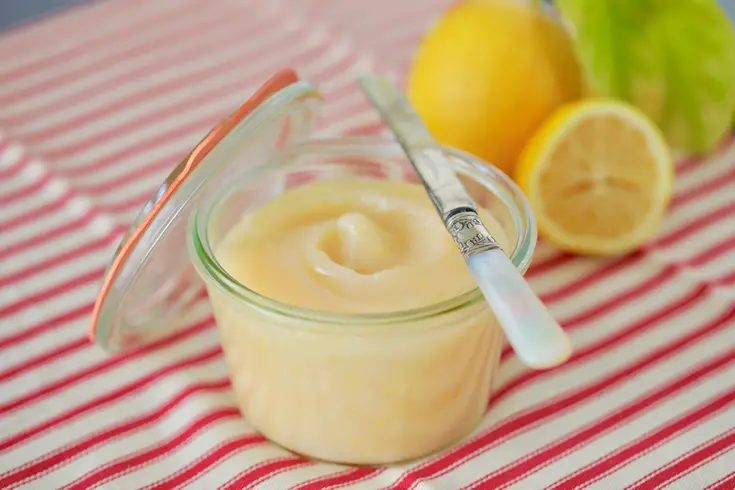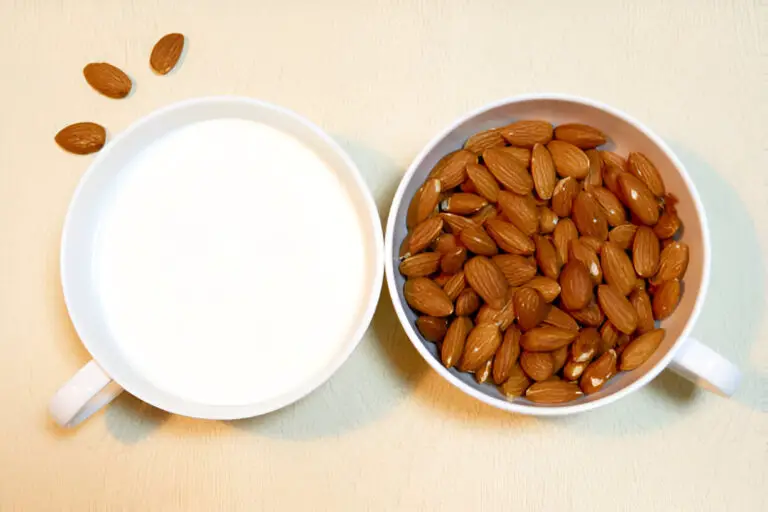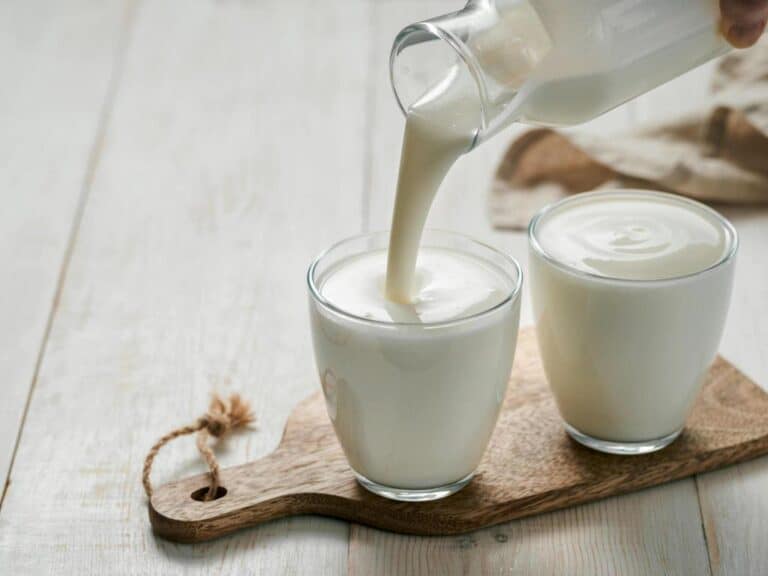How to Wash and Prepare Cabbage for Cooking: Easy and Quick Tips
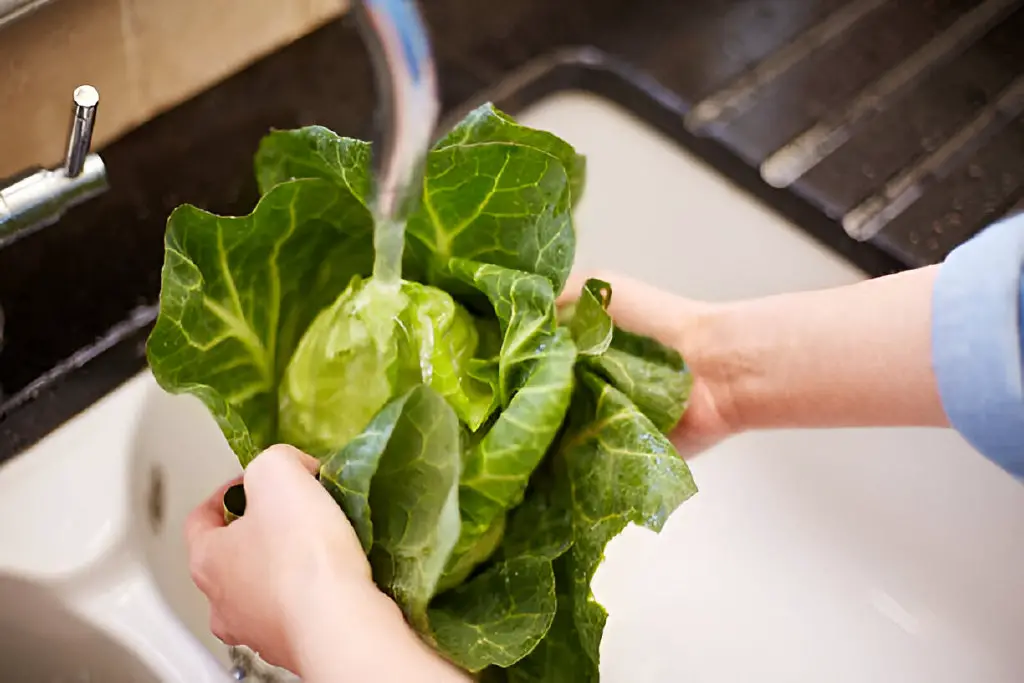
Cabbage is a versatile and nutritious vegetable used in a variety of dishes, from salads to stir-fries. However, before you start cooking, you need to know how to properly wash and prepare cabbage.
Cabbage leaves can often trap dirt, pesticides, and even small insects, making it important to clean them thoroughly. Taking a few extra minutes to prep your cabbage correctly will ensure that your meal is both healthy and delicious.
But what’s the best way to clean cabbage, and how can you prepare it quickly without losing its freshness or crunch? Whether you’re a beginner or an experienced cook, understanding the right techniques can save you time in the kitchen and improve the quality of your dishes. With these easy tips, you’ll be ready to prepare cabbage like a pro.
By the end of this article, you’ll not only know how to clean cabbage properly but also how to prepare it efficiently for cooking. Following these simple steps will help you serve up cleaner, tastier meals, ensuring your cabbage dishes are both flavorful and safe to eat.
How Do You Clean and Boil Cabbage?
Cabbage is a nutritious cruciferous vegetable, closely related to broccoli, cauliflower, and kale. Rich in fiber, vitamin C, and vitamin K, cabbage contributes significantly to a healthy diet.
There are several ways to prepare cabbage, including boiling, steaming, grilling, and roasting. Below is a step-by-step guide on how to clean and boil cabbage, along with tips for other preparation methods.
1. Clean the Cabbage Properly
Before you start cooking, it’s essential to clean the cabbage thoroughly to remove dirt, pesticides, or insects hidden in the leaves. Here’s how:
- Remove the outer leaves: These can often be dirty or damaged.
- Cut the cabbage in half: This makes it easier to handle and helps you access the core.
- Remove the core: Use a sharp knife to cut around the tough core at the center.
- Cut into strips or pieces: Depending on your recipe, slice the cabbage into thin strips or chop it into smaller chunks for easier cooking.
2. Boiling Cabbage
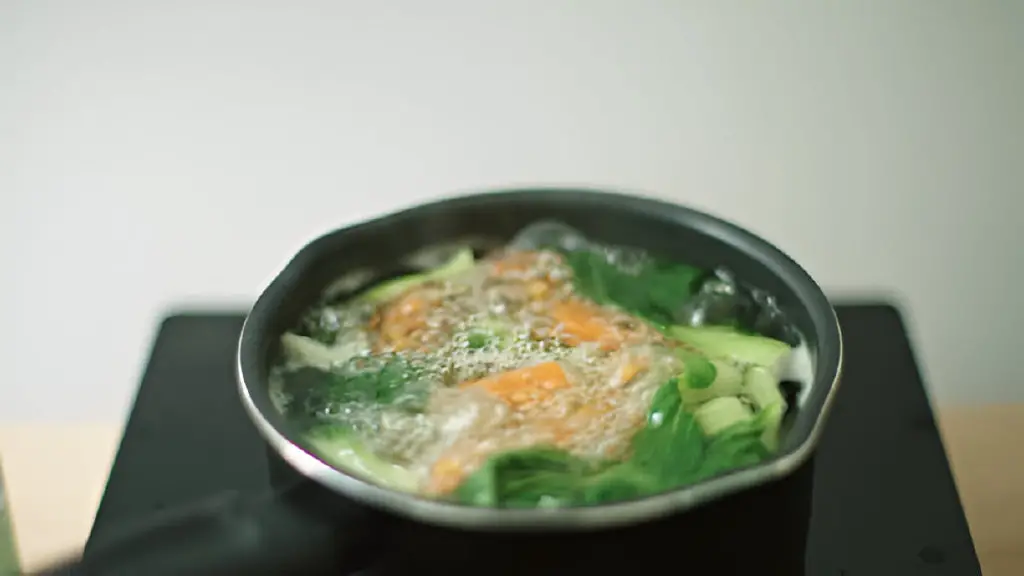
Boiling is a simple and quick method to prepare cabbage, especially for those who want a tender texture. Here’s how to boil cabbage:
- Fill a pot with water: Use enough water to fully submerge the cabbage.
- Bring the water to a boil: Allow the water to reach a rolling boil before adding the cabbage.
- Add the cabbage: Place the cut cabbage into the boiling water.
- Cook for 2-3 minutes: Boil until the cabbage becomes tender. Be careful not to overcook, as it can become mushy.
- Drain and serve: Use a colander to drain the water and serve the cabbage hot.
3. Steaming Cabbage
If you prefer to retain more nutrients, steaming is a healthier option than boiling. Follow these steps:
- Fill a pot with water: Make sure there’s enough water to steam, but it should not touch the cabbage.
- Bring the water to a boil: Place a steamer basket over the boiling water.
- Place cabbage in the steamer basket: Cover and cook for 3-5 minutes, or until the cabbage is tender.
- Serve hot: Once steamed, the cabbage is ready to be enjoyed.
4. Grilling Cabbage
Grilling cabbage adds a smoky flavor and a slight crispness. It’s a great option for outdoor meals or barbecues:
- Brush cabbage with olive oil: Lightly coat the cabbage slices or wedges with olive oil to prevent sticking.
- Grill for 3-5 minutes per side: Place on the grill and cook cabbage until grill marks form and the cabbage is tender.
- Serve hot: Remove from the grill and serve immediately.
5. Roasting Cabbage
Roasting cabbage brings out its natural sweetness and adds a caramelized texture. Here’s how to do it:
- Preheat the oven to 375°F: Ensure the oven is hot before placing the cabbage inside.
- Drizzle with olive oil: Lightly coat the cabbage slices or wedges with olive oil for added flavor.
- Roast for 15-20 minutes: Place the cabbage in the oven and cook until tender and slightly crispy around the edges.
- Serve hot: Roasted cabbage is a flavorful and healthy side dish.
Each method offers a unique way to enjoy cabbage, whether you’re looking for a quick boil, a nutrient-rich steam, or a flavorful roast. Choose the method that suits your taste and meal plan!
Is It Necessary to Wash Cabbage Before Cooking?
There are a few thought when it comes to washing cabbage before cooking. Some say to rinse the cabbage to remove dirt and pesticides. Others believe it’s unnecessary. They think cooking will kill any bacteria or pests.
There are a few things to consider when deciding whether or not to wash your cabbage. If the cabbage is organically grown, rinse it off. Organic produce is not grown with pesticides.
Second, you don’t need to rinse the cabbage if you’re cooking it in a soup or stew because the cooking process will eliminate any bacteria. However, if you plan to eat the cabbage raw, like in a salad, it’s crucial to rinse it off to eliminate any dirt or pesticides.
Overall, whether or not to wash your cabbage before cooking is a personal decision. If you are unsure whether or not the cabbage has been grown organically, or if you are going to eat the cabbage raw, it is best to rinse it off.
What Is the Best Way to Clean Cabbage?
There are many different ways to clean cabbage, but some methods work better than others. The best way to clean cabbage is to cut off the root and stem, then cut the cabbage in half. Soak the cabbage in cold water for a few minutes, then scrub the cabbage with a brush. Rinse the cabbage under cold water, then dry it with a towel.
Why Do You Soak Cabbage in Vinegar?
Cabbage has a slightly bitter taste that some people find unappetizing. To make cabbage more palatable, some soak it in vinegar before cooking.
There are a few reasons why you might want to soak cabbage in vinegar. The vinegar will help to mellow the bitter taste of the cabbage. It will also help to soften the cabbage and make it more tender. Additionally, the vinegar will help to preserve the cabbage and keep it from going bad.
If you are looking for a way to make your cabbage taste less bitter, soak it in vinegar before using it in a recipe. The vinegar will help to mellow the flavor and make the cabbage more palatable.
How Do You Wash Cabbage With Vinegar?
Washing cabbage thoroughly is essential to ensure it’s free from dirt, bacteria, and pesticides. Using vinegar as a natural cleaning agent is an effective way to cleanse the cabbage while adding a subtle flavor. Below is a simple, step-by-step guide to washing cabbage with vinegar.
1. Gather Your Ingredients
To wash cabbage with vinegar, you’ll need a few basic ingredients:
- A fresh head of cabbage
- A bowl of vinegar (white or apple cider vinegar works best)
- A bowl of clean water
Vinegar is a natural disinfectant that helps eliminate bacteria and other harmful microorganisms, making it an excellent cleaning option for vegetables.
2. Cut the Cabbage into Quarters
Before washing, it’s important to cut the cabbage into manageable pieces:
- Remove the outer leaves: These leaves may contain the most dirt or damage.
- Cut the cabbage in quarters: This makes it easier to handle and allows you to access any hidden dirt inside the layers.
3. Soak in Vinegar Solution
Soaking the cabbage in vinegar helps to clean and disinfect the vegetable:
- Place the cabbage in the bowl of vinegar: Submerge the cabbage quarters in the vinegar solution.
- Let it soak for a few minutes: Soak for 5-10 minutes to allow the vinegar to break down any dirt or bacteria on the cabbage. Vinegar’s acidic properties are great for cleansing leafy greens like cabbage.
4. Rinse in Clean Water
After soaking in vinegar, it’s important to rinse the cabbage thoroughly:
- Transfer the cabbage to a bowl of water: Use a clean bowl of water to rinse the cabbage.
- Rinse off all the vinegar: Ensure that all traces of vinegar are rinsed off to avoid any leftover residue. You can repeat the rinsing process if needed.
5. Dry and Prepare for Cooking
Once your cabbage is clean, you can move on to cooking:
- Pat the cabbage dry with a clean towel: Make sure the cabbage is dry before using it in salads or stir-fries.
- Prepare as desired: You can now use the cleaned cabbage by steaming, boiling, or roasting it.
Washing cabbage with vinegar is not only quick and easy but also ensures that your vegetable is safe to eat. Plus, the mild acidity of vinegar can add a slight flavor boost to your dish, making it a great step in the preparation process.
| Related: Can You Eat Cabbage Leaves That Don’t Form a Head? |
Do You Wash Cabbage Before or After Cutting?
Many people are unsure whether to wash cabbage before or after cutting. You should always wash cabbage before cutting it. This removes any dirt or pesticides on the surface.
Cabbage is a very healthy vegetable. It is high in fiber, antioxidants, and Vitamin C. It’s good to include it in your diet. However, make sure to wash it thoroughly before consumption. This will help to reduce your risk of ingesting any harmful contaminants. Washing your cabbage before cutting it is also a helpful way to ensure that it is clean and ready to use.
When you are ready to cut it, you can simply slice it into thin strips or pieces. You can use cabbage as a versatile vegetable in a variety of dishes such as salads, soups, and stir-fries.


